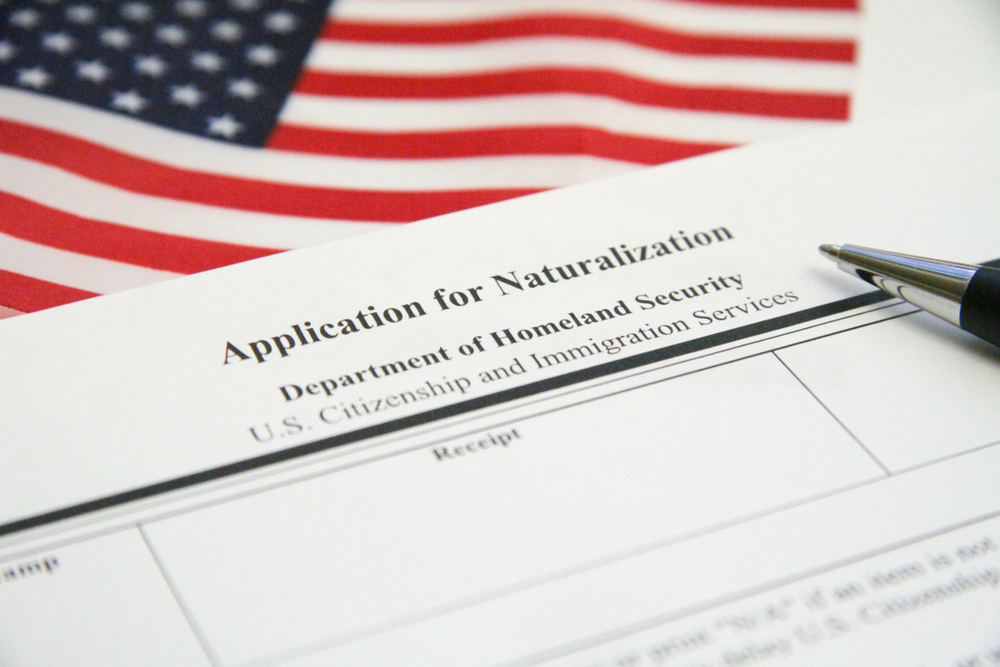There's good news and bad news with flu and COVID-19 cases across the country: Flu is trending down and COVID numbers are mixed, with COVID's JN.1 variant thought to be more severe and growing.
At the end of December, the JN.1 variant, a mutated strain of the omicron variant, made up about 40% of COVID cases, and the numbers were growing. The CDC's latest projections show that percentage has doubled in about a month. Now an estimated 86% of cases are from JN.1 — also called "Juno."
Research shows Juno's mutations make it easier to bypass the immunity we may already have — plus it can infect cells in the lower part of the lungs linked to pneumonias.
"The symptoms of pneumonia are generally going to be high fever, severe cough, shortness of breath and then even life-threatening things like low blood oxygen, low blood pressure and risk for having a secondary infection or a bacterial pneumonia that can occur on top of that viral pneumonia," said Dr. Ben Singer, pulmonologist at Northwestern Medicine.
Clinicians also say they've seen this strain causing more diarrhea.
CDC's latest COVID data shows cases are down 1% – these are positive tests reported to the CDC. Wastewater levels show much of the country still has very high spread. It's the worst in the South.
Hospitalizations are down more than 9% from the week before. The highest activity in regular and ICU beds is in the Midwest and Northeast. Deaths are up 10% from the week before.
As for the flu, the CDC says it's still spreading at higher-than-normal levels — but overall cases and hospitalizations for flu have been trending downward.

How to stay healthy during cold, flu and COVID-19 season
How can you keep yourself and others healthy during the worst of the respiratory illness season?











